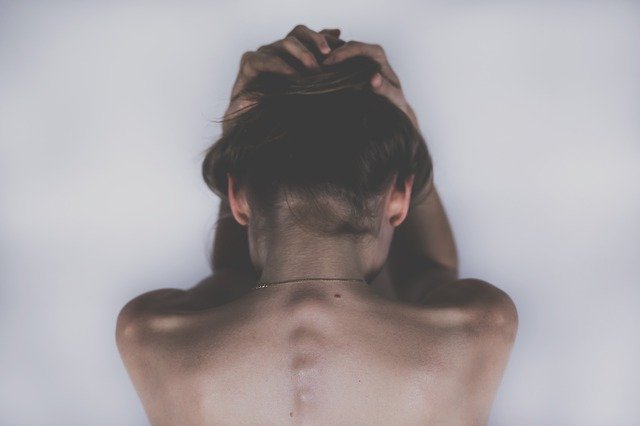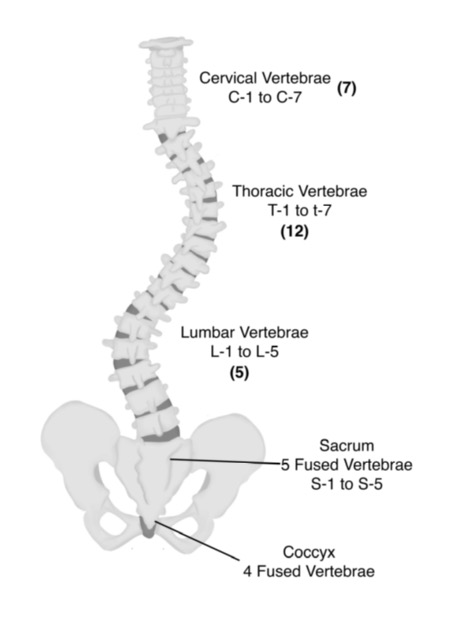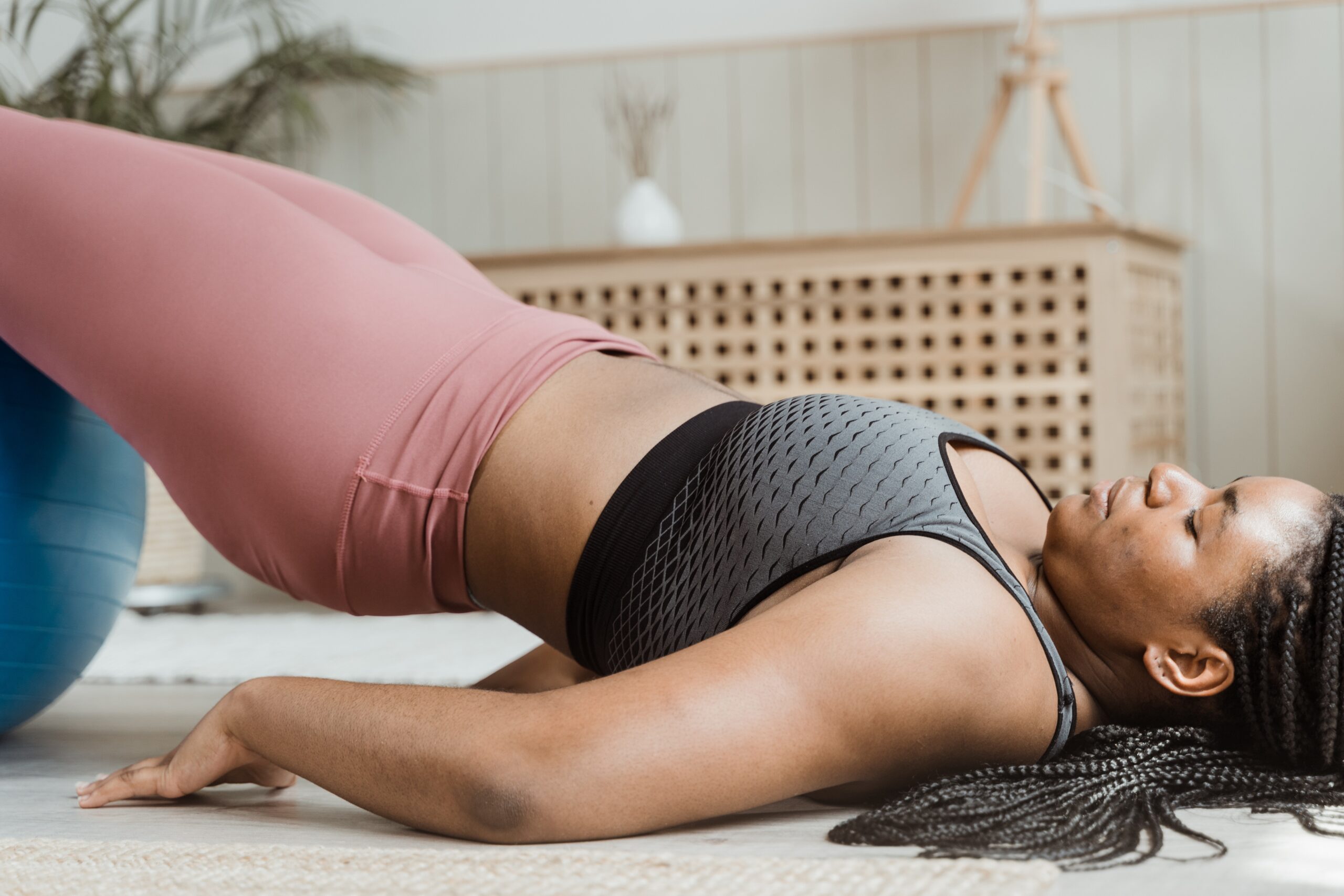
Blog post written by Carolyn Garritt, author of ‘Get Your Oomph Back – A Guide to Exercise after a Cancer Diagnosis’, now officially launched.
There are many tools described in the book. Often the best starting point is simply to walk – outdoors if possible. Walking mindfully and seeking out nature (in an urban environment as well as the countryside) can feel really soothing and, as long as the walk is brisk, it can help to restore physical fitness as well as a sense of wellbeing.
If you’re not able to stay on your feet for long, then marching in a chair, and chair-based exercises in general, can elevate the heart rate more than many people imagine. You can get properly out of puff at home if that’s what you need to do, for now. There’s a chair-based cardio routine in the book.
In the book 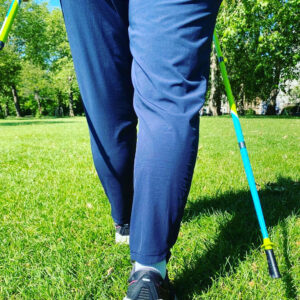 I also talk about Nordic walking – using poles – which I boldly describe as ‘perfect exercise’. It is very clever – it elevates the heart rate, gives the lungs space to work, improves the posture, protects the joints, strengthens the bones, supports the balance (pain and numbness in your feet is a common side effect of chemo). It helps reduce the risk of, and manage, a condition called lymphoedema, helps rebuild upper body strength and uses 95% of your body’s muscles.
I also talk about Nordic walking – using poles – which I boldly describe as ‘perfect exercise’. It is very clever – it elevates the heart rate, gives the lungs space to work, improves the posture, protects the joints, strengthens the bones, supports the balance (pain and numbness in your feet is a common side effect of chemo). It helps reduce the risk of, and manage, a condition called lymphoedema, helps rebuild upper body strength and uses 95% of your body’s muscles.
And yet – perhaps most importantly – it feels really nice. The poles propel you along, so walking can feel more manageable. The fact that it’s outdoors, in nature, it’s low-cost and highly sociable, just seals the deal. Possibly my most used and useful type of activity.
Strength training
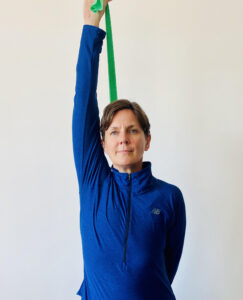
In the book there’s a lot of information about strength training – often overlooked, and definitely one aspect of exercise that folks are unsure about. Strength training – using weights, resistance bands or our own bodyweight – can help us to feel less tired after cancer treatment. Most people feel they lose some strength while they’re on the injury bench, and if we’re out of action for a while we can lose muscle mass.
Building (or rebuilding) stronger muscles is known to reduce our risks of cancer returning. It can also make everyday activities seem more manageable. Many of the people I’ve worked with (regardless of their age) have found that they can’t climb stairs as easily as they could before. There’s some specific information in the book about how to tackle stairs.
Do what you enjoy
One important theme throughout the book is that we should, I believe, do what we love when it comes to exercise. If you don’t love any type of exercise at all, there are some suggestions about how you might find acceptable, even likeable forms of activity. In my mind, nothing is out of the question – I’ve trained people to play croquet and to tackle ultra-marathons. And pretty much anything in between.
There’s definitely scope to get into, or return to, team sports, such as football, rugby and/or basketball, after a cancer diagnosis, and there are now organisations that run group-based activities specifically for people with a cancer diagnosis, such as the wonderful Active Ostomates.
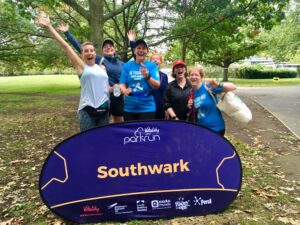 Parkrun
Parkrun
In the book I also talk about parkrun which is, in my view, community, grassroots exercise at its very finest.
Running (slowly) is without doubt the exercise I love most. There’s a ‘couch to 5k’ running or walking programme that incorporates a monthly trip to parkrun.
Boxing
Boxing features too because it is a superb stress-buster. It helps sharpen our hand-eye coordination, which can be a bit foggy after treatment, and if done properly it works the whole body. (You don’t have to spar or hit actual people – I’m talking about using pads, mitts or a punchbag.) You do have to really think on your feet and stay light on your toes, yet it can be for anyone. My oldest trainee boxer is 84.
Combining boxing with using a skipping rope is one way to push ourselves and strengthen our hearts, lungs and bones as we go.
Yoga
Yoga, particularly restorative yoga, is another tool described. It’s important for people to find ways to relax (not easy, I know) and also to stay flexible as this can help deal with some of the aches and pains associated with taking cancer drugs.
Making time
Too much? I know that the idea of exercising can feel overwhelming. Fair enough. If you know you’re short of time or energy (or enthusiasm), then the book contains several cunning ways to incorporate movement into your daily routines. It can be as simple as getting off the bus a stop early and then walking, or taking the stairs rather than the lift. These actions can all add up to a more active day.
How am I doing?
And so, 18 months down the line, how am I doing? I know I’m not as fit as I was before, but I’m working on it and I’m doing my own strength training rather relying on what I do for a job to keep me strong. I’m less anxious about the cancer coming back, for sure. The drug I’m going to take for 5-10 years (tamoxifen) does make me tired and achy but I’m figuring out ways to minimise that.

